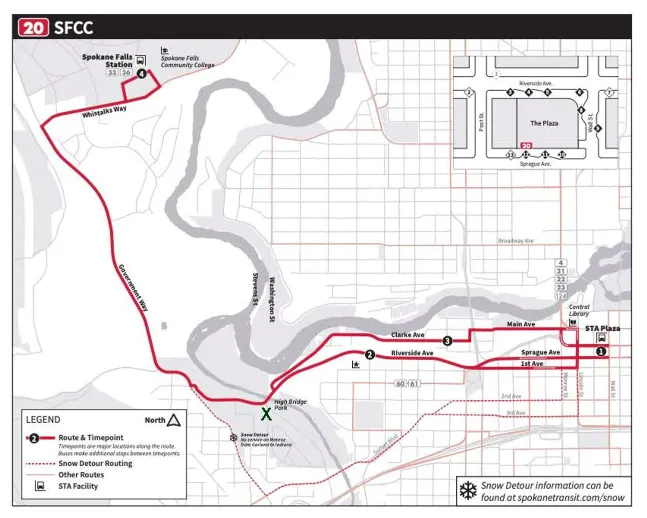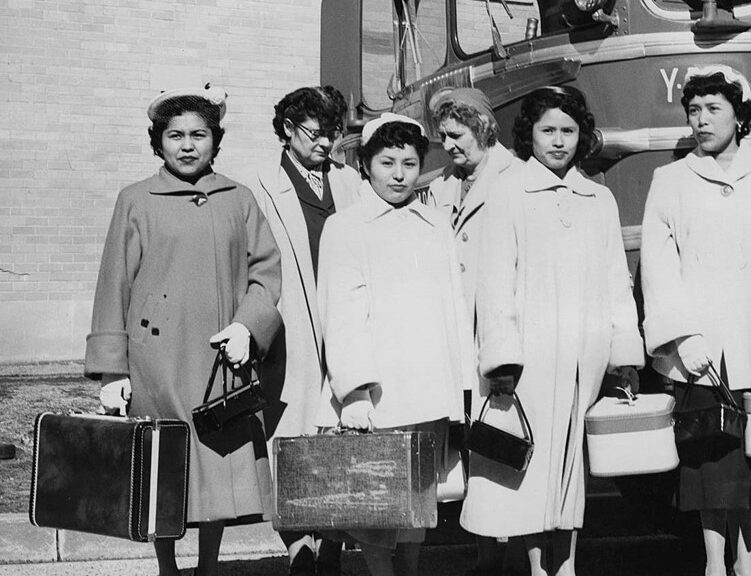FOREVER HOME FOR
THE AMERICAN INDIAN COMMUNITY CENTER
Founded in 1967 as a gathering place for urban Indians, The American Indian Community Center has represented more than 300 American Indian Tribes and Alaska Native Villages, including each of WA’s 29 tribes. The American Indian Community Center has had 11 rental buildings within its 55 years of servicing its community. It’s time for a permanent home for the American Indian Community Center.
within the limits prescribed by the law.Learn More Here.
After more than 55 years and nearly a dozen moves, a community center focused on serving the region’s Indigenous people may have found its permanent home near the ancestral fishing grounds of the Spokane Tribe of Indians.
“There’s ample area for us to do things that need outdoor spaces, to do sweats, and to have a mini powwow ground,” said Linda Lauch, executive director of the American Indian Community Center and a descendant of the Spokane Tribe. “Within our walls, we’ll have a gymnasium that can be used as a multipurpose area, to have funerals and have large meetings.”
Earlier this year, the Spokane Park Board signaled their early support to permit the American Indian Community Center to build a new facility in High Bridge Park, near the confluence of the Latah Creek and Spokane River. The nonprofit is seeking public and private donations to make the construction a reality within the next few years, after decades of offering job training, housing assistance and mental health services in leased properties.
*Donations are tax-deductible within the limits prescribed by the law. Learn More Here.
Campaign Snapshot

- 25,000 square feet.
- $12,500,000 at $500/square foot.
- A gathering place for the Urban Native Community and its neighbors.
- Located in Highbridge Park, on Latah Creek, adjacent to the Spokane River.
VISION FOR THE SPACE
25,000 square feet of land with new amenities, including:
- A gathering place for community meetings, community indoor and outdoor activities, traditional tribal ceremonies, tribal funerals, and special events.
- Expanded behavioral health offering include primary care for individuals experiencing SA disorders.
- Food bank
- On-going service delivery

VISION FOR THE Future

During gatherings held in 2021 and 2022, composed of AICC staff/board members and the Spokane Urban Indian community, we identified that creating a permanent home (for AICC) is the highest priority. Our vision is to build our future Forever Home near the ancestral fishing grounds of the Spokane Tribe, and other nearby Tribes.
SITE ADVANTAGES
25,000 square feet of land with new amenities, including:

1. Bus Route 20, every 30 minutes
2. Ample parking
3. Synergistic opportunities for the development of High Bridge Park including Native Interpretation; site access to Spokane River
PROPOSED SITE
Gathering site for Spokane people at Spokane Falls for salmon harvest since time immemorial.

THE AMERICAN INDIAN COMMUNITY CENTER
- Founded in 1967 as a gathering place for Urban Indians.
- Representing more than 300 American Indian Tribes and Alaska Native Villages, including each of WA’s 29 tribes.
- Serving more than 5,500 clients each year.
- Assists all in need of services.
- AICC has moved 11 times within its 57-year history.
Urban Indians
- Arose in the wake of the Termination and Relocation Acts
- Last efforts by Federal government to “kill the Indian to save the man.”
- More than 100 tribes were “terminated” across the United States; 2.5 million acres were confiscated.
- It is estimated that between the 1950s and 1980s, as many as 750,000 Native Americans migrated to the cities.


URBAN INDIANS TODAY
- 71% of all Indians today live in urban areas.
- American Indians and Alaska Natives experience highest rates of SUD and suicide
- Life expectancy of AI/AN has not increased since 2000.
- Urban Indians experience same conditions as reservation-based Indians without the resources: 1% of IHS dollars go to urban Indians.
- Urban Indian poverty rate is 20.7% vs. 12.7%
- Community most severely impacted by pandemic.
SERVICES
- Land secured from Parks Department
- Committee formed including City of Spokane, Parks Department, AICC, and Spokane Alliance
- Highest Capital Priority by City of Spokane for 2023
- Interest by Community Development Financial Institutions in New Market Tax Credit Empire Health investment
- Capital Campaign Manager identified
- Commitments from various foundations
- Support from across the community
NEW MARKET TAX CREDIT: $2,250,000</span
STATE APPROPRIATION: $1,000,000
FEDERAL SOURCES: $3,000,000
(CONGRESSIONAL APPROPRIATION, GRANT FROM ECONOMIC DEVELOPMENT ADMINISTRATION)







